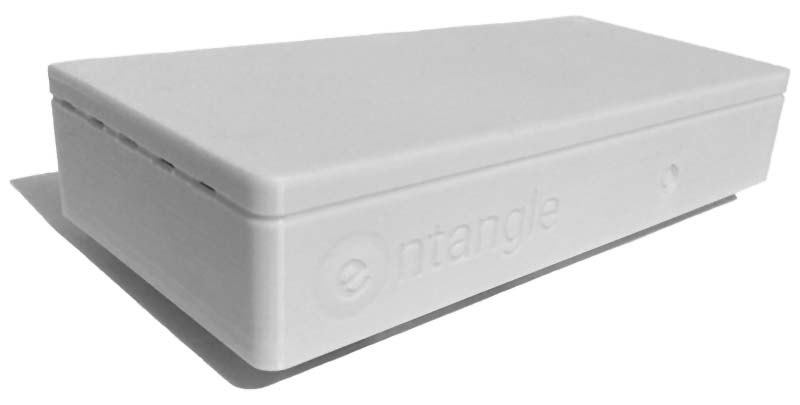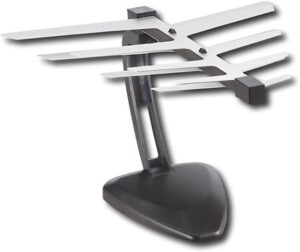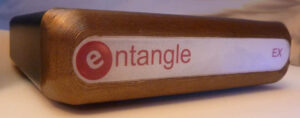
It’s been 20 years since the DIRECTV HR10-250, the first high-definition capable TiVo, started arriving in customer’s living rooms. The Phoenix (as the HR10-250 was known within TiVo), was a project born out of the dreams and passion of two engineers. It went on to become a beacon of inspiration and excitement during an uncertain period in the company’s history. To commemorate two decades of HD TiVo here’s a glimpse at what brought the Phoenix to life.
“It is a very surreal scene for me. People are actually going to open up a box with the HD Tivo inside….who’d a thunk it?”
– AVS Forum, April 22, 2004




 Project Entangle – our platform for exploring ways of obtaining and consuming media – was developed on PCs and up until now Entangle platforms have largely been laptops or NUCs. They make great development environments and have a plethora of tools often missing from embedded platforms. But even “thin and light” laptops are big and power-hungry compared to most set-top boxes, and, we’ve always kept an eye out for ways we might piece together a more compact version. And we finally took our first step in that direction with a Raspberry Pi 4 and HDHomerun Flex 4k packaged in a DeskPi Pro chassis.
Project Entangle – our platform for exploring ways of obtaining and consuming media – was developed on PCs and up until now Entangle platforms have largely been laptops or NUCs. They make great development environments and have a plethora of tools often missing from embedded platforms. But even “thin and light” laptops are big and power-hungry compared to most set-top boxes, and, we’ve always kept an eye out for ways we might piece together a more compact version. And we finally took our first step in that direction with a Raspberry Pi 4 and HDHomerun Flex 4k packaged in a DeskPi Pro chassis.